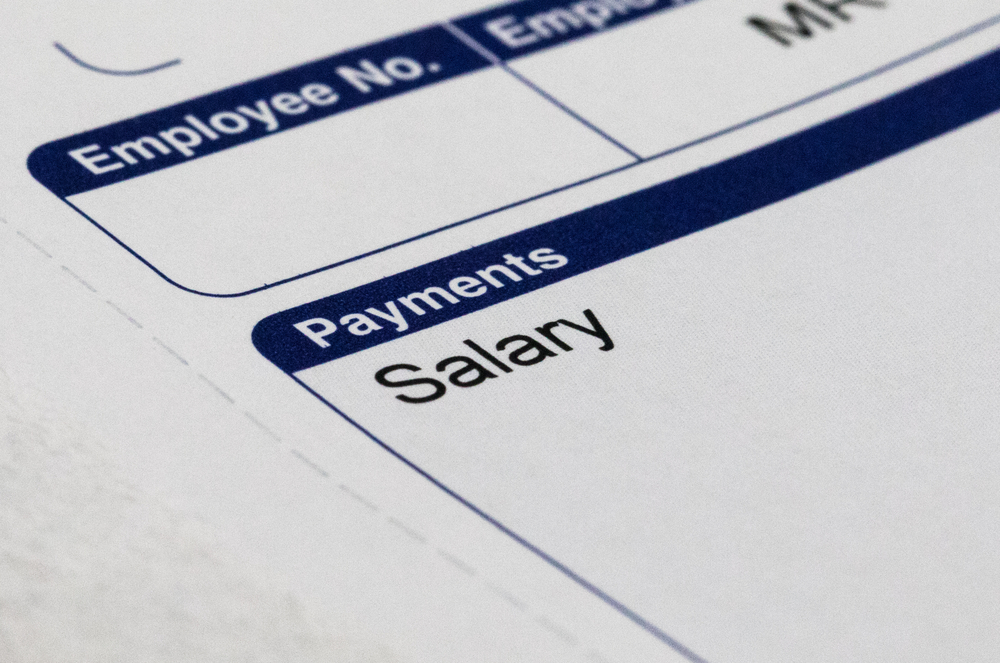Household Bills
Bonuses skew pay figures as inflation bites

Workers who don’t receive bonuses are seeing their pay fall in real terms due to surging inflation.
Average earnings, excluding bonuses, rose by 3.8% in the three months to January, according to the Office for National Statistics (ONS).
Growth in average total pay (including bonuses) was 4.8% in the same period – but neither figure is enough to outpace inflation, meaning workers are worse off in real terms.
In real terms (adjusted for inflation), in November 2021 to January 2022, regular pay fell on the year at negative 1%. Strong bonus payments over the past six months have kept recent real total pay growth positive. Wages including bonuses represented a 0.1% real term increase.
Average weekly earnings were estimated at £596 for total pay, and £555 for regular pay in January 2022, according to the ONS.
Average total pay growth for the private sector was 5.3% in November 2021 to January 2022, and for the public sector was 2.4% in the same time period.
Sarah Coles, senior personal finance analyst at Hargreaves Lansdown, said: “Bumper bonuses are skewing pay figures, so on initial glance everything in the jobs market looks rosy. However, something far more worrying is lurking underneath the headline figures, because once you take inflation into account, pay excluding bonuses has fallen faster than at any time for almost eight years.
“Unless you’re one of the lucky few taking home a bumper bonus this winter, you’re in for a horrible battle to make ends meet this spring.
Inflation is currently at a 30-year high and expected to rise further when energy bills rise next month, while the Ukraine conflict continues to impact global commodity prices.
The ONS’s latest Labour Force Survey (LFS) estimates for November 2021 to January 2022 show a continuing recovery in the labour market, with a quarterly increase in the employment rate and a decrease in the unemployment rate.
The UK’s unemployment rate now stands at 3.9%, down from 4.1% in the three months to December.
The UK employment rate increased by 0.1 percentage points on the quarter to 75.6%. Full-time employees drove the increase in the employment rate during the latest three-month period.
While the number of part-time employees decreased strongly during the pandemic, it has been increasing since April to June 2021. However, the number of self-employed workers remains low following decreases through the coronavirus pandemic.
The ONS figures also highlight the recruitment struggles facing many employers. The number of job vacancies in December 2021 to February 2022 rose to a new record of 1,318,000. This is an increase of 105,000 from last quarter, with half of the industry sectors showing record highs.
Jack Kennedy, UK economist at the global job site Indeed, said: “Today’s labour market data are the clearest sign yet of the cost of living crisis, and a stark warning that worse is to come.
“The widening gap between wage growth and price rises is eating into households’ spending power and forcing more people to watch every penny. Today’s data shows that the average worker’s pay continues to fall in real terms and when you take inflation into account, regular pay fell by 1% compared to this time last year.
“Consumer prices climbed 5.5% in the 12 months to the end of January, and this was before fuel prices spiked to record levels as war broke out in Ukraine and before energy bills increase next month.
“Recruitment challenges continue to bite for many employers, with the number of job vacancies hitting yet another record high, though the rate of growth is slowing. Jobseekers still hold all the power, and faced with rising inflation, many will choose to vote for their feet and seek work elsewhere.”
Victor Trokoudes, CEO of investing app Plum, said: “The strong employment numbers mask the reality that many are facing stagnating living standards and soaring cost of living issues. The simple fact is households are being asked to keep going with money that doesn’t go as far each month. Even if many are receiving pay rises, on average, they are still not keeping pace with inflation.”